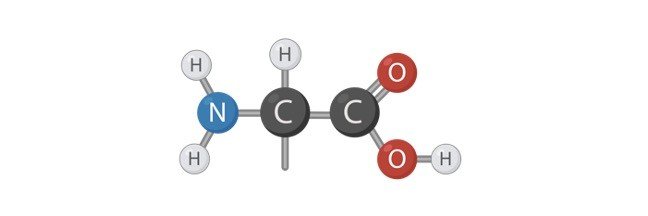What Does the Cytoskeleton Do?
We all know that cells form the structural and functional unit of the all the living organisms. Each and every cell in our body has its own structure. Have you all ever thinked how this stable structure is maintained.
Cytoskeleton plays an important role in maintaining the structure and shape of the cell. Our cell organelles start moving here and there and loses its appropriate shape thus losing its functions, which makes various critical conditions in our body.
If considering basically, what would happen if our internal organs move from its own places of origin, we find very difficult to move, speak and to do any kind of activities. In the same way, our cell also finds difficult to perform their activities.
We all think that each and every cell are just a bilobed round structures which does not have its own properties, but the truth is that these cells have their magnifies appropriate structure which contains a network of filaments known as Cytoskeleton, which is literally explained as Cells skeleton”.
It does not maintain the shape of the outer membranes like plasma membranes, it gives the overall structure of the cell and also plays an important role in placing the organelles in their correct positions and also aids in tracking the transport of the vesicles.
What is Cytoskeleton?
As mentioned above cytoskeleton is a group of fibers, which plays an important role in minting the structure and tracking the changes. Generally, in eukaryotes, there are about three types of protein fibers, which are named as follows:
i. Microfilaments
ii. Intermediate filaments
iii. Microtubules
i. Microfilaments
Microfilaments are one of the three types of protein filaments that are present in our cytoskeletons. Of the three, microfilament is the narrowest one having a diameter of about 7 nm which are being made up of many linked monomers of the protein known ad actin, these actions are present as a monomer and combines together to form a double helical structure.
Actin filaments usually have a directionality which means that they posses tow structurally different ends. Actin filaments usually consists of a variety of important functions in the cell.
Actin filaments also consists of numerous important roles in the functioning of the cell. It also serves as a track for the movement of a motor protein which is known as myosin.
As it has a relationship with the muscle protein myosin, actin is usually involved in performing many of the cellular functions. Microfilaments also aid in many functions of the cell like cytokinesis and in motility of the cell.
ii. Intermediate Filaments
These filaments are about 8 to 12 nm wide. They are called as intermediate filaments as their size is between the microfilaments and the microtubules. Intermediate filaments are generally made up of different kinds of proteins linked keratin, desmin, vimentin and lamin.
All the intermediate filaments are found in the cytoplasm of the cell, except those of lamins, as they are found in the nucleus and they help in supporting the nuclear envelope. Intermediate filaments present in the cytoplasm maintains the shape of the cell, cell tension and also provides structural support to the cell.
iii. Microtubules
Among these three protein filaments, microtubules are considered as the largest cytoskeleton fibers which is about 23nm in size. These are hallow tubes that are made up of alpha and beta tubulin. Microtubules forms a structure like flagella, which are the tails that propels forward.
Most of the microtubules in the cell usually comes from the cell organelles, the centrosome which is generally called as the organizing center of the cell.
Cytoskeleton Function
As mentioned above, cytoskeleton consists of several functions. The first and fore most function of the cytoskeleton is to give its cytoskeleton the appropriate shape.
Cytoskeleton is very much important in the cells without cell walls, as such animal cells do not get their shape from the thick outer layer. It provides the cell a good movement.
he microfilaments and the microtubules help in reassembling and disassembling the cells. It also helps the cell to crawl and migrate. The cytoskeleton also plays an important role in keeping the cell organelles in the place and it also helps in movement of the organelles throughout the cell.
Cytoskeleton Citations
- Movers and shakers: cell cytoskeleton in cancer metastasis. Br J Pharmacol . 2014 Dec;171(24):5507-23.
- Overview of the Cytoskeleton from an Evolutionary Perspective. Cold Spring Harb Perspect Biol . 2018 Jul 2;10(7):a030288.
- The Cytoskeleton as a Modulator of Aging and Neurodegeneration. Adv Exp Med Biol . 2019;1178:227-245.
- Cell mechanics and the cytoskeleton. Nature . 2010 Jan 28;463(7280):485-92.
Share












